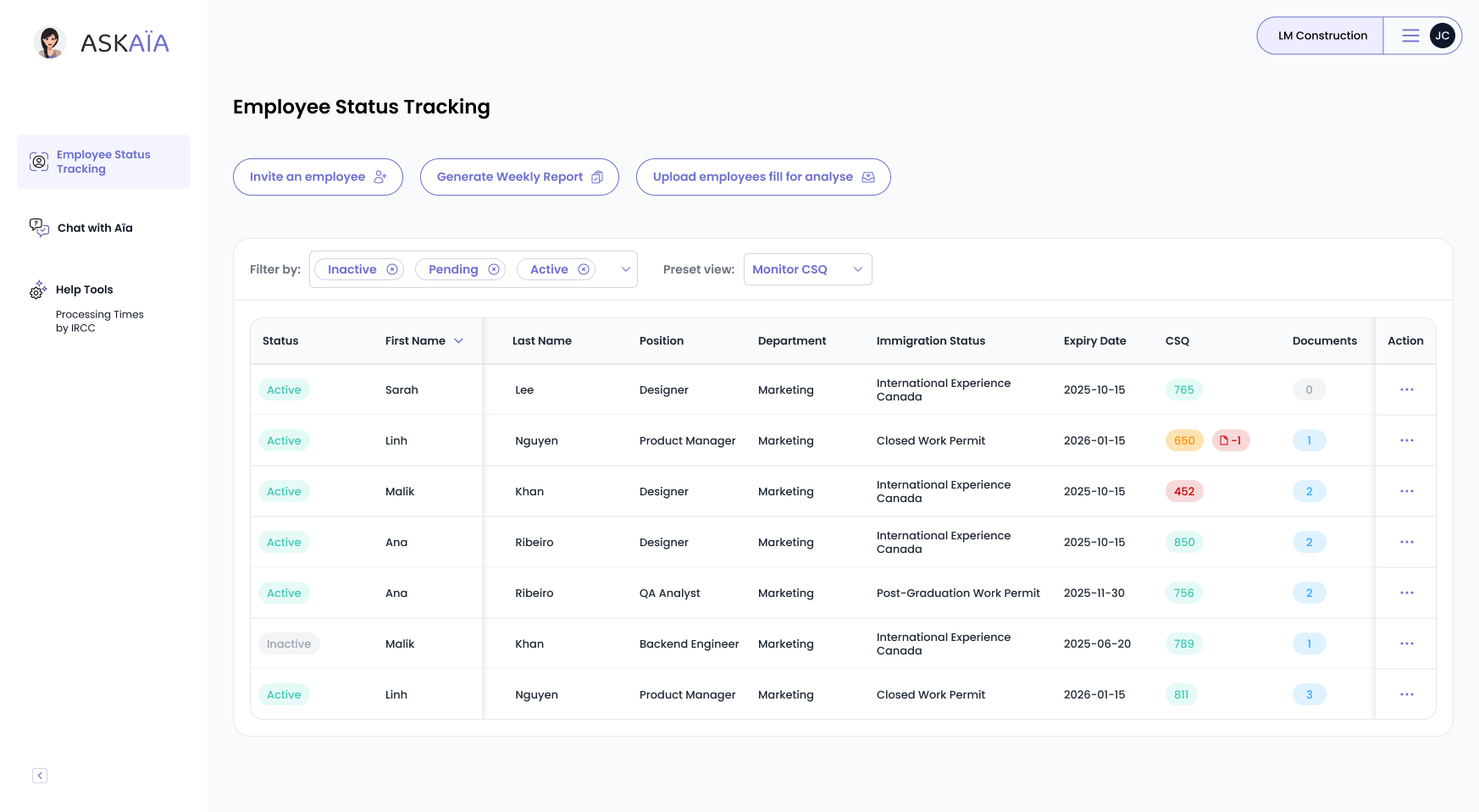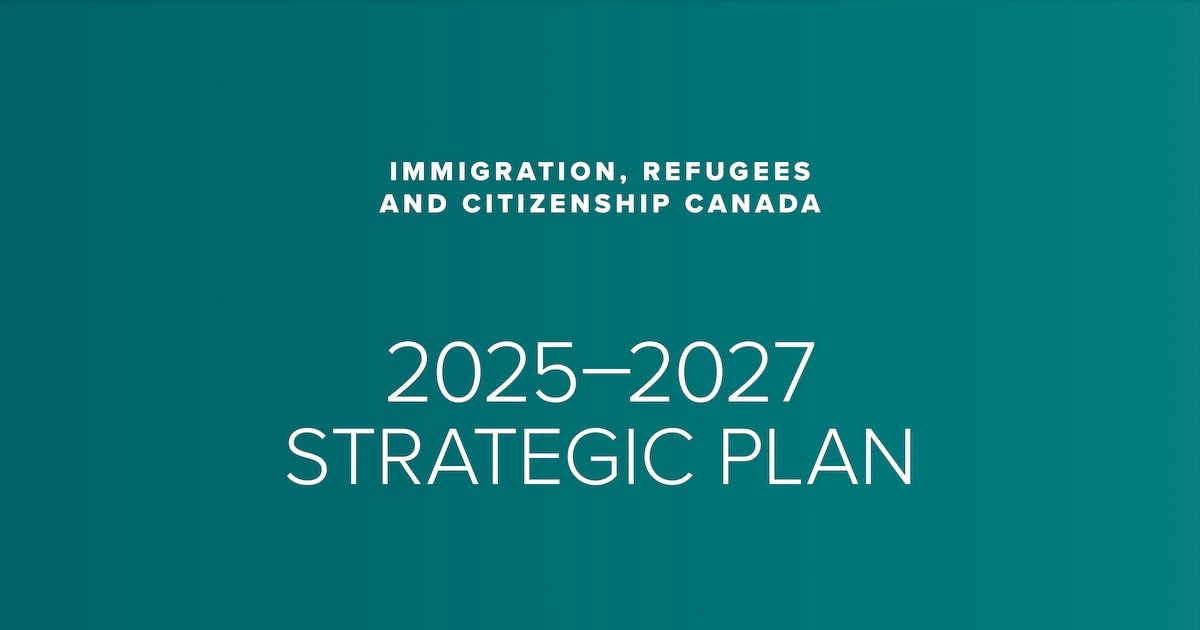How to Immigrate to Canada as an IT Professional in 2025?

Canada’s booming tech sector continues to attract IT professionals worldwide, but immigration reforms in 2025 have made the process more competitive. With evolving policies on work permits, permanent residency (PR), and provincial programs, skilled workers need to understand the changing landscape to maximize their chances of success.
Despite these challenges, opportunities remain available through employer-driven programs, tech-focused provincial nominee streams, and specialized immigration pathways. This article explores the best routes for IT professionals to move to Canada, highlighting recent policy changes, key obstacles, and strategies to secure a successful immigration outcome.
- 2025 Canadian Immigration Reforms: What IT Professionals Need to Know
- Top 2025 Opportunities for IT Professionals Immigrating to Canada
- Common Challenges IT Immigrants Face in Canada’s 2025 Landscape
- Proven Strategies for IT Professionals to Secure Canadian Immigration in 2025
- Conclusion: Navigating IT Immigration to Canada in 2025
2025 Canadian Immigration Reforms: What IT Professionals Need to Know
Canada’s immigration system is undergoing significant changes that impact IT professionals. Stricter eligibility criteria, reduced PR targets, and new provincial policies mean that skilled workers must navigate a more competitive process.
Changes in Express Entry and Provincial Nominee Programs (PNPs)
In 2024, Canada adjusted its immigration targets, particularly affecting economic-class immigrants, including IT professionals. The 2024–2026 Immigration Levels Plan set annual intake for permanent residents at 485,000 in 2024 and 500,000 in both 2025 and 2026.
Express Entry category-based draws now focus on priority occupations, including tech, but the cut-off Comprehensive Ranking System (CRS) score has increased, making it more competitive for IT professionals.
Quebec’s Moratorium on Immigration Programs
In November 2024, Quebec announced a pause on the Quebec Experience Program (PEQ) and other permanent residency streams until June 30, 2025, according to provincial government sources. This impacts international graduates and skilled workers in tech who planned to settle in the province.
Alternative pathways, such as employer-specific work permits and Provincial Nominee Programs (PNPs) outside Quebec, are now critical for IT workers targeting Canadian immigration.
Work Permit and Tech-Focused Pathways
The Global Talent Stream (GTS) remains a fast-track work permit option, allowing Canadian employers to hire foreign tech talent within about two weeks. However, it is important to note that all processing times are estimates.
Some Provincial Nominee Programs (PNPs), like those in Ontario and British Columbia, continue to prioritize IT professionals under dedicated tech draws.
The Startup Visa Program still offers an alternative PR route for tech entrepreneurs, but official estimates place processing at over 37 months —again, these are averages and can fluctuate.
Impact on IT Professionals
With fewer PR spots available and tougher selection criteria, temporary work permits are becoming the main entry route for IT professionals.
PNPs and employer-driven immigration (e.g., GTS) are gaining importance, but eligibility requirements vary by province.
Companies like Xideral, which specialize in IT talent placement, can help professionals secure job offers—a step that is increasingly essential for successful immigration and can significantly boost a candidate’s CRS score or qualify them for certain PNP streams.![]()
Top 2025 Opportunities for IT Professionals Immigrating to Canada
Canada’s tech industry remains strong, with over 231,400 new tech jobs added in 2024, and AI, cybersecurity, and cloud computing driving demand. While Express Entry is more competitive, employer-driven programs and provincial tech streams continue to offer fast-track immigration options for qualified candidates.
High Demand for IT Skills Across Canada
- The Canadian IT sector is expected to grow by 22% by 2027, with 250,000+ job openings projected.
- Key in-demand roles include software engineers, data scientists, cybersecurity analysts, and AI specialists.
- Cities like Toronto, Vancouver, and Montreal remain major tech hubs, while Calgary and Halifax are emerging destinations.
Tech-Focused Provincial Nominee Programs (PNPs)
- Ontario Tech Draws: Ontario’s PNP regularly invites IT professionals under Express Entry-linked tech draws.
- BC Tech Stream: British Columbia offers weekly nominations for eligible tech workers.
- Alberta Accelerated Tech Pathway: Fast-tracks PR for tech workers with job offers.
Global Talent Stream: The Fastest Work Permit
- Processing time: ~2 weeks (estimate).
- Eligible roles: Software engineers, AI specialists, and cloud architects.
- Employer requirements: Must be approved under the Global Talent Stream list.
Companies like Xideral help IT professionals secure jobs that qualify for fast-track immigration programs, increasing their chances of obtaining work permits and PR.![]()
Common Challenges IT Immigrants Face in Canada’s 2025 Landscape
Despite strong demand for tech talent, recent immigration reforms have introduced higher eligibility thresholds, longer processing times, and more competition for IT professionals. Many skilled workers now need job offers or employer sponsorship to secure a pathway to Canada.
Stricter Express Entry Criteria
- CRS score cutoffs have risen in 2025, often exceeding 500 points for general draws.
- Tech-specific category-based draws still exist but favor those with Canadian work experience.
- French-speaking candidates have an advantage due to new immigration priorities.
Longer Processing Times for PR & Visas
- Startup Visa: ~37+ months (average).
- Other Work Permits: Outside GTS, some take over 6 months—consult IRCC’s official tool for current estimates.
- PNPs: Processing varies by province, adding uncertainty for IT workers.
Increased Dependence on Employer Sponsorship
For many IT professionals, Express Entry alone is no longer enough to secure permanent residency. A job offer from a Canadian employer has become one of the most reliable ways to immigrate, as it can:
- Boost your CRS score in Express Entry, increasing your chances of receiving an Invitation to Apply (ITA).
- Qualify you for a Provincial Nominee Program (PNP), adding 600 CRS points for Express Entry-linked streams.
- Fast-track work permit processing through employer-driven programs like the Global Talent Stream (GTS).
To improve your chances, focus on:
- Targeting in-demand IT roles such as software development, AI, and cybersecurity.
- Building a strong network on LinkedIn and engaging with recruiters hiring international talent.
Researching companies with active immigration support to streamline your application.
Employer-driven pathways are now critical for IT professionals looking to move to Canada in 2025.
Proven Strategies for IT Professionals to Secure Canadian Immigration in 2025
With increasing competition and stricter policies, IT professionals must strategically position themselves for Canadian immigration. The best approach is to leverage employer-driven programs, optimize Express Entry profiles, and explore alternative pathways like PNPs and work permits.
Optimize Your Express Entry Profile
- Aim for a CRS score above 500 by improving language test results (IELTS, TEF for French).
- Gain Canadian work experience through temporary work permits to boost Express Entry points.
- Target category-based draws for IT occupations when available.
Secure a Job Offer for Employer-Driven Programs
- Global Talent Stream offers ~2-week work permit processing for eligible tech roles (estimate).
- Xideral and similar companies connect IT professionals with Canadian employers hiring foreign talent.
- Prioritize in-demand roles like software development, AI, and cybersecurity to increase job prospects.
Leverage Tech-Specific PNPs
- Ontario, British Columbia, and Alberta: Dedicated tech streams with priority processing.
- PNP nomination adds 600 points to Express Entry, ensuring an Invitation to Apply (ITA).
Consider Alternative Immigration Pathways
- Startup Visa: Ideal for tech entrepreneurs but has long, variable processing times.
- Francophone Mobility Program: Easier work permit access for French-speaking candidates.
- Spousal Open Work Permit: If your partner is studying or working in Canada, this can be an option.
Curious about your eligibility for immigration as an IT professional in Canada? Use AskAïa’s free assessment to explore your best options for Express Entry, PNPs, and work permits.
Conclusion: Navigating IT Immigration to Canada in 2025
Canada remains a top destination for IT professionals, but recent immigration reforms have made the process more selective. With higher Express Entry cutoffs, stricter PR pathways, and a growing reliance on employer sponsorship, skilled workers must adapt their strategies to succeed.
AskAïa can help you navigate these changes by providing real-time immigration guidance, program eligibility checks, and expert insights.

Let’s get your demo started
Book a demo
You May Also Like
These Related Stories

Express Entry 2025: Increased Targets and Sector Priorities
In 2025, Canada’s Express Entry program will offer 124,590 spots, a 12.5% increase from 2024. This expansion aims to fill 1.2 million job vacancies by …

Canada Immigration 2025-2027: How These 5 Policy Changes Affect You
On January 28, 2025, Canada announced its 2025-2027 Immigration Plan, introducing major updates to temporary visas, PR pathways, refugee resettlement, …

Canada in 5: Decoding Immigration Language Tests
In this edition, we're tackling the high stakes of Canada's immigration language tests, the innovative solutions Alberta is employing to boost its eco …